Today was my favorite day so far!! I thought it would be on the more boring side, since it is a lot of traveling, but OMG. First off all the bus ride is so beautiful and peaceful despite all the bums. I could stay on it forever just listening to music and imagining I’m in a music video. When we arrived at our destination, the ATM caves, I didn’t know what to expect, but it turned out to be the most amazing experience ever! we spent over three hours exploring a HUGE Maya cave. There were parts so deep that we had to swim through and parts so tight that we had to climb and squeeze through a small hole one by one. We learned about the natural processes that created the cave formations from limestone and saw several bats and their homes. Most exciting, we saw several human bones, including skulls! These skeletons are thought to be remains from human sacrifices made to the gods for rain and abundance. We also saw the pots and “fireplaces” they had and learned how they use them in ceremonies. Its crazy to think how different their lives were from anything we can possibly imagine.
After the caves, we went to the education center to stay the night. We got a night time tour of the zoo and got to see so many iconic animals of the belize forests, including jaguars, tapirs, and kinkajous. We saw a wild iguana with its tail bitten off and it jumped and ran after us! My favorite animal that we saw was hoodwink, a speckled owl. we was bred and kept in captivity until a few years ago when a hurricane hit and he escaped. Missing his pampered lifestyle, he returned 4 months later, but with a girlfriend. Now the girlfriend visits him every mating season, even though they can never be together because he is domesticated in a cage and she is wild. So cute. Tomorrow we leave for Glover’s reef! I can’t wait!






















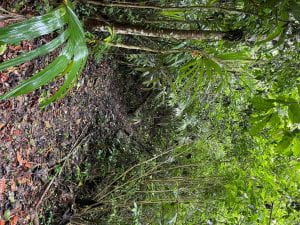

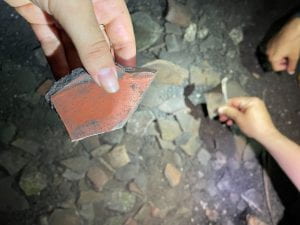
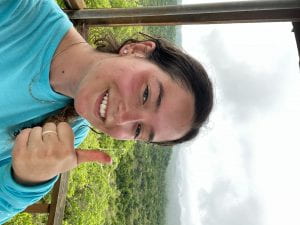
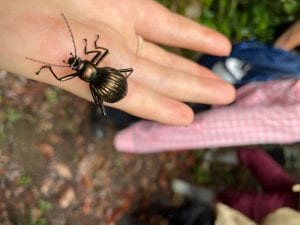

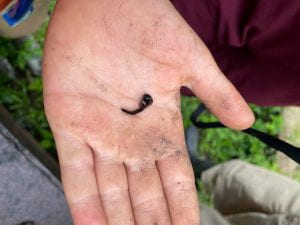

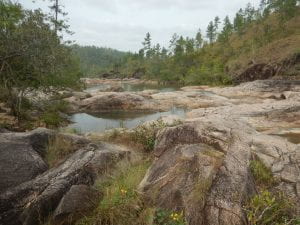
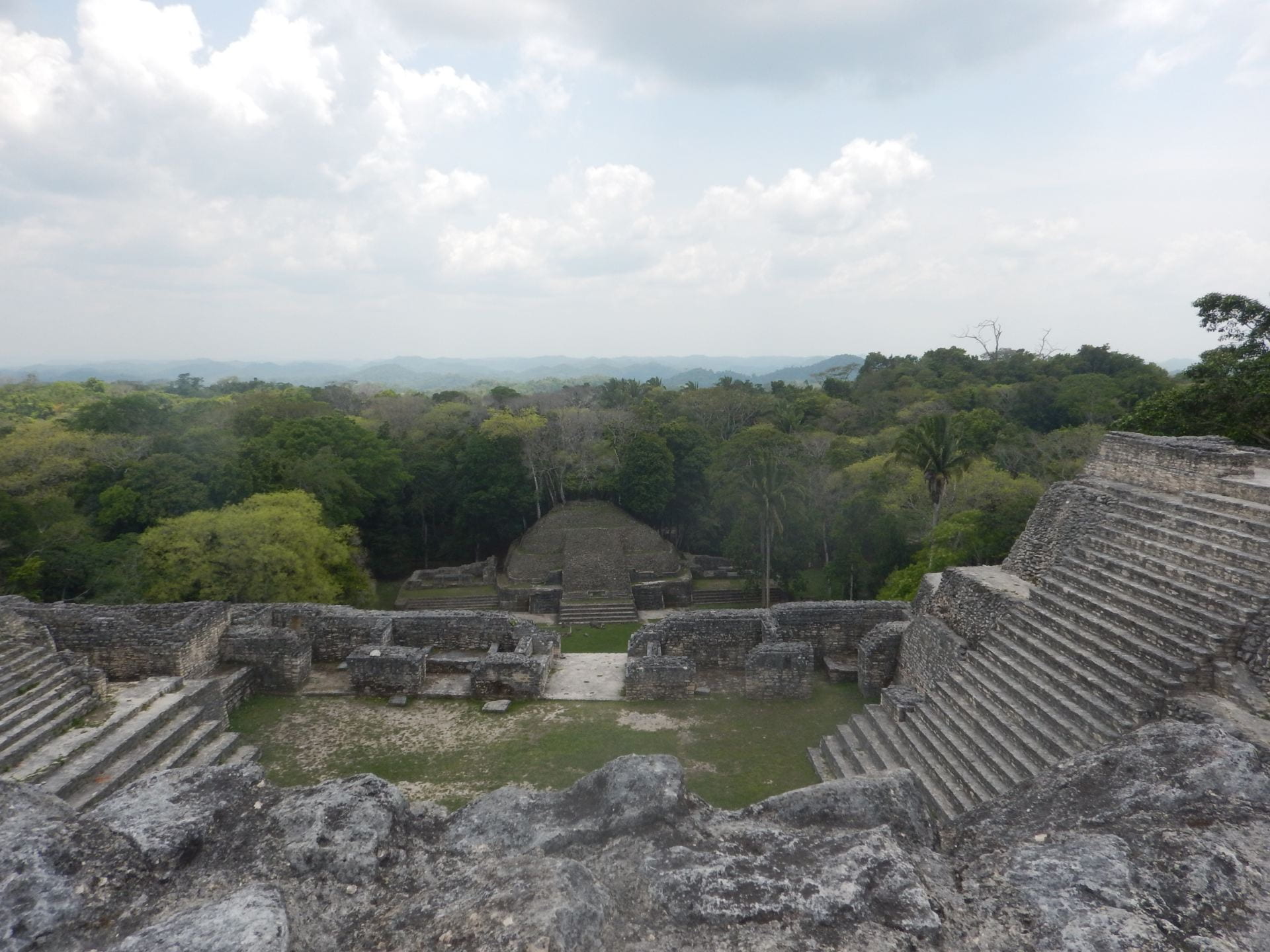
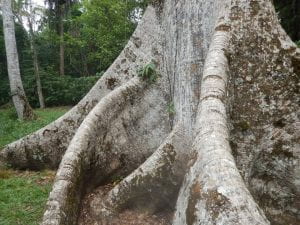


 Unidentified diurnal moth.
Unidentified diurnal moth.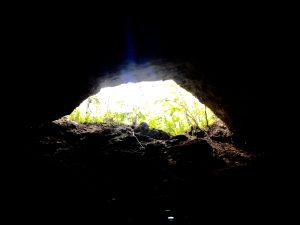 View from the inside of the cave.
View from the inside of the cave.